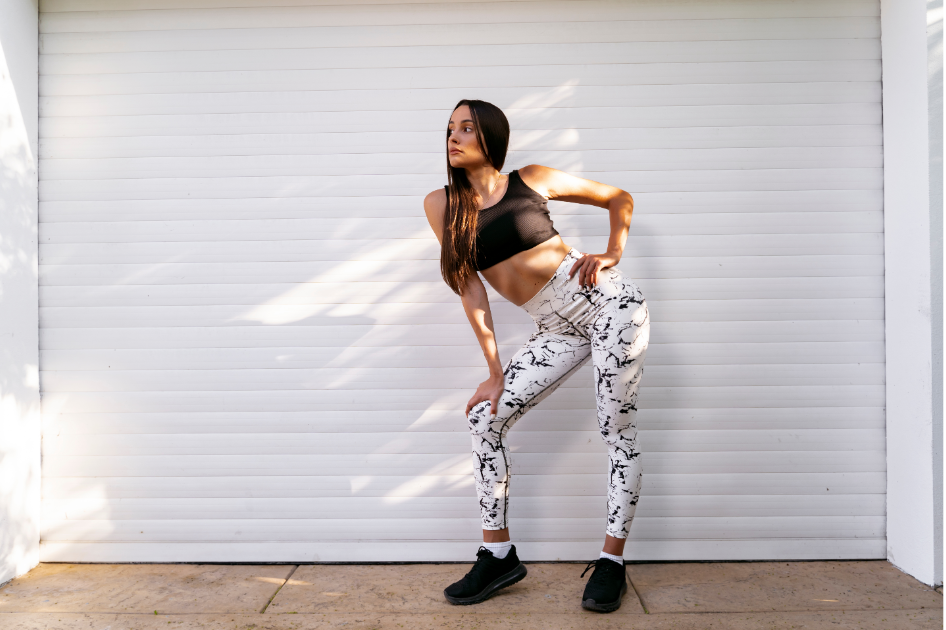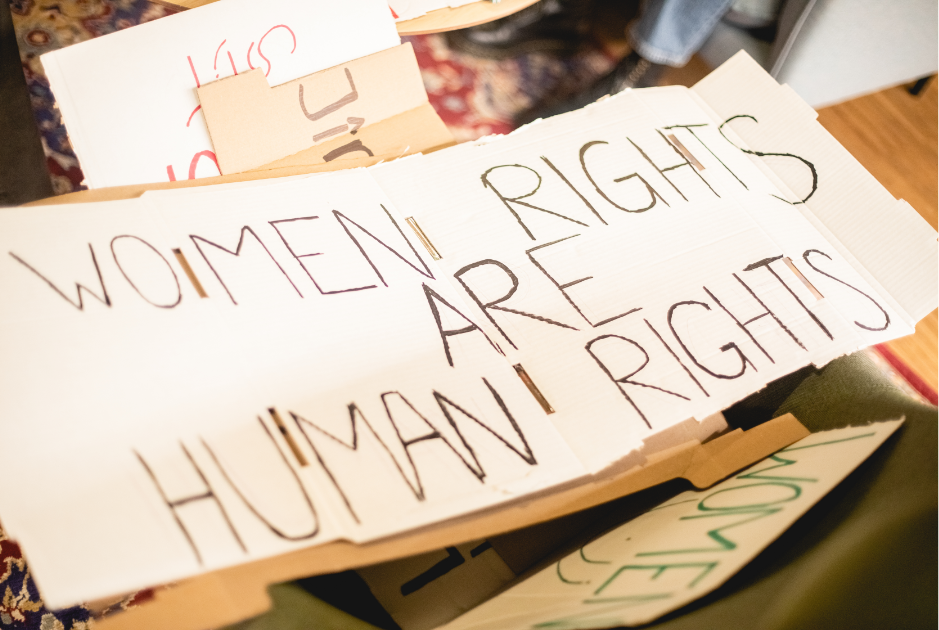More than optimism: How to cultivate the world-changing power of hope
Optimism is a mindset. Hope is an action-oriented skill—and one that can be honed.

Hope is a skill.
Hope can be hard to find in tough times, and even when we catch a glimmer of hope, it can be hard to hold onto. And yet, the ability to remain hopeful in the face of hardship and adversity is an example of the human spirit we've seen displayed time and time again.
But what exactly is hope? How does hope differ from optimism, and how can we cultivate more of it in our lives?
Cynics may see hope as naive at best and as blind idealism at worst, but according to Thema Bryant, PhD, former president of the American Psychological Association, hope is really about staying open to the possibilities.
“Hope isn’t a denial of what is, but a belief that the current situation is not all that can be,” Bryant said, according to the APA. You can recognize something’s wrong, but also that it’s not the end of the story.”
People often think of hope and optimism as the same thing, but there are some key differences between them in the social psychology world. Optimism is a state of mind that sees the future through a positive lens and expects that it will be better than the present. Hope, on the other hand, is action-oriented. It involves having a goal for that positive future and making a concrete plan to move toward it.
“We often use the word ‘hope’ in place of wishing, like you hope it rains today or you hope someone’s well,” said Chan Hellman, PhD, a professor of psychology and founding director of University of Oklahoma's Hope Research Center. “But wishing is passive toward a goal, and hope is about taking action toward it.”
That sense of personal agency is the key difference between someone who is optimistic and someone who is hopeful, as the authors of the study, "Great expectations: A meta-analytic examination of optimism and hope," Gene M. Alarcon, Nathan A. Bowling and Steven Khazon wrote:
"Simply put, the optimistic person believes that somehow—either through luck, the actions of others, or one’s own actions—that his or her future will be successful and fulfilling. The hopeful person, on the other hand, believes specifically in his or her own capability for securing a successful and fulfilling future."
Both hope and optimism require a belief in a better future, but hope puts some of the power to make it happen into our own hands. And while hope and optimism are closely linked, they don't necessarily have to go together. As Arthur Brooks has pointed out, a person can be a hopeless optimist, believing in a better future but feeling helpless to do anything to create it, and a person can also be a hopeful pessimist who takes actions to improve things but still sees the future negatively.
Ideally, one would strive toward being an hopeful optimist. Why? Well, for one, both hope and optimism are good for our health, according to studies done on them. And secondly, hope is what motivates us to act. Without hope, we have a whole lot of people wishing for change but not actually doing anything about it.
But how do you become more hopeful if it doesn't come naturally? How do you hone hope?
An article on Psyche by Emily Esfahani Smith shared study findings on how to cultivate hope, which includes:
- Changing the story you tell yourself about adversity, remembering that hard times are temporary
- Focusing on the things you have control over, like your routines, habits and the way you treat other people
- Reframing obstacles as challenges to overcome rather than immovable limitations
- Looking to your past successes instead of your past failures
- Asking yourself what you hope for and then continuing to answer until you find an attainable goal
- Envisioning that goal and mapping out a plan to move towards it
Being hopeful about your own future may feel like a different beast than having hope in humanity's future, but we all have a role to play in creating a better world and hope is the driver strives to make it happen. As Augustine of Hippo allegedly said, "Hope has two beautiful daughters; their names are Anger and Courage. Anger at the way things are, and Courage to see that they do not remain as they are." If we find ourselves angry at the way things are, we need to find the courage to act. The question of what actions to take may remain, but we need the belief and conviction to act that hope provides in order to figure it out.
Most importantly to remember is that hope is a choice. It may not come naturally or easily to everyone, but hope is something we can choose to nurture in ourselves as well as encourage in others.





 What was I doing again?
What was I doing again? A space waitress at work.
A space waitress at work.  Waking Up Funeral GIF
Waking Up Funeral GIF Rihanna Nails GIF
Rihanna Nails GIF Yoga pants.Image via Canva.
Yoga pants.Image via Canva. Our natural lashes are nice just the way they are!
Our natural lashes are nice just the way they are! One step forward, many steps back. Image via Canva.
One step forward, many steps back. Image via Canva.  Homelessness is especially rampant on the West Coast.Image via Canva
Homelessness is especially rampant on the West Coast.Image via Canva